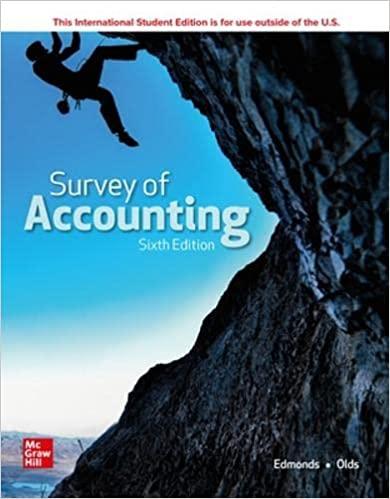

7. Which of the following is falses than for purely domestic firms A. An agency problem is a conflict of interest where one party, motivated by self interest is expected to act in another's best interests Agency costs are normally larger for MNG B. The threat of a hostile takeover is a form of corporate control and it can help reduce agency costs C. The marginal return on projects for an MNC is generally below that of a purely domestic firm because it is hard to compete with domestic firms in International markets D. The Product Cycle Theory suggest that firms may recognize additional opportunities outside its home country as they mature. 8. Which of the following is true: A. Money tends to flow to countries with high interest rates, B. A current account deficit suggests a greater inflow of funds to the specified country for its current transactions. C. The financial account summarizes the flow of funds between one specified country and all other countries due to trade, dividends, interest payments and transfers D. If a country's currency begins to rise in value, its current account balance will increase as imports decrease and exports increase. 9. Which of the following is false: A. For someone living in the Palestine, a USD/ILS exchange rate of ILS 3.4 is considered direct quotation. B. The bank's ask quote for a foreign currency will always be lower than its bid quote. C. U.S. dollar deposits placed in banks in other continents are called Eurodollars. D. Borrowers usually prefer that loans be denominated in the currency of the country in which they receive most of their cash flows 10. When inflation in the USA (USD) increases relative to inflation in the UK (GBP), holding other factors constant, then we expect: A. USD to appreciate relative to USD B. GBP to depreciate relative to USD C. GBP to appreciate relative to USD D. None of the above 11. If income level in Jordan increases relative to income level in USA, then we expect: A. The demand for Jordanian Dinar (JOD) to increase, with no change in supply. B. The demand for USD to increase, with no change in supply. C. The demand for USD to increase, with an increase in supply. D. The demand for JOD to increase, with a decrease in supply








